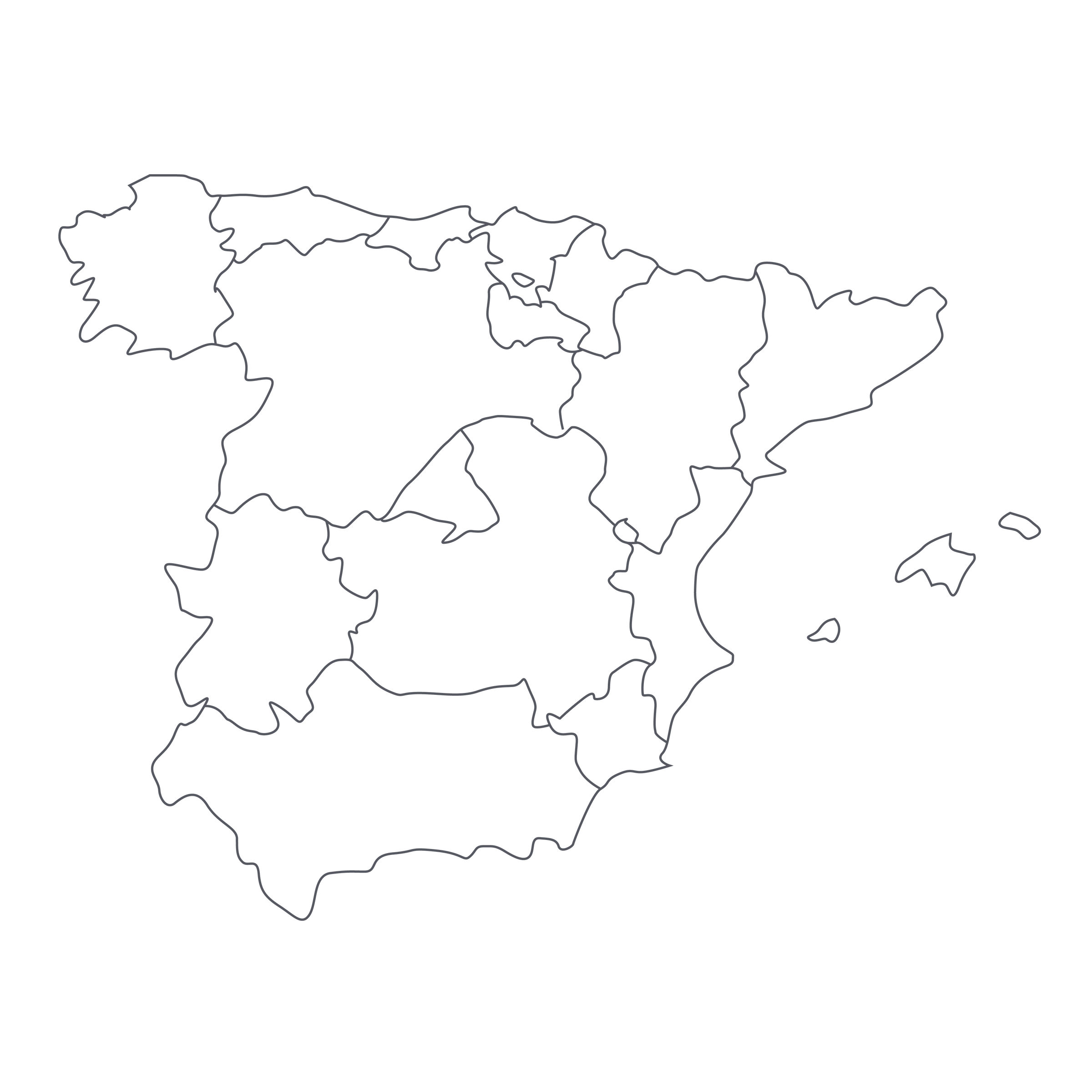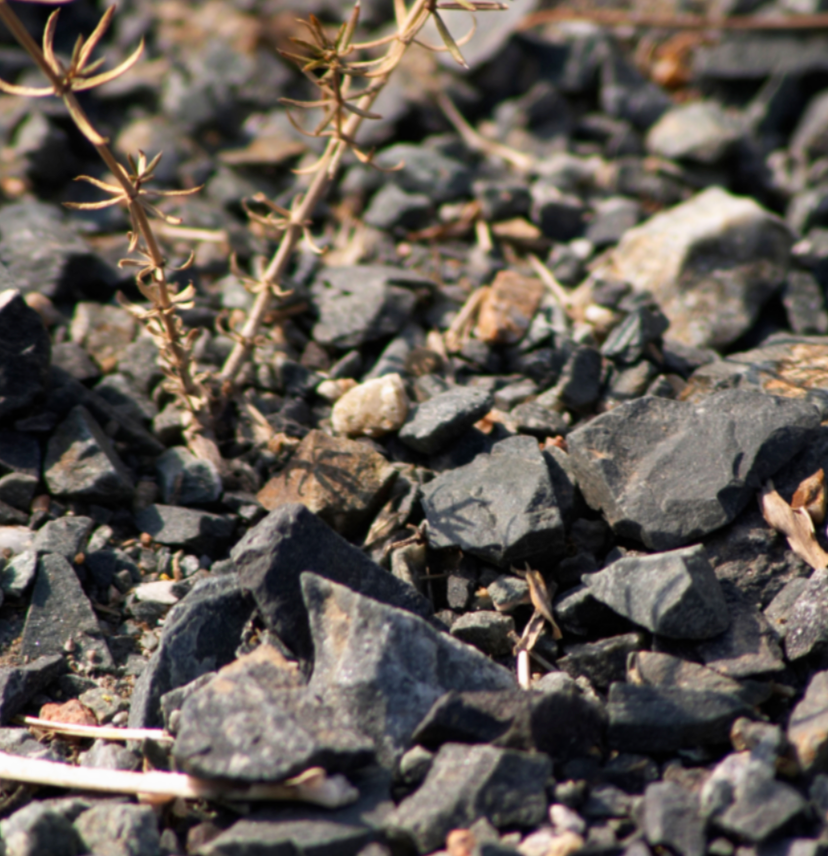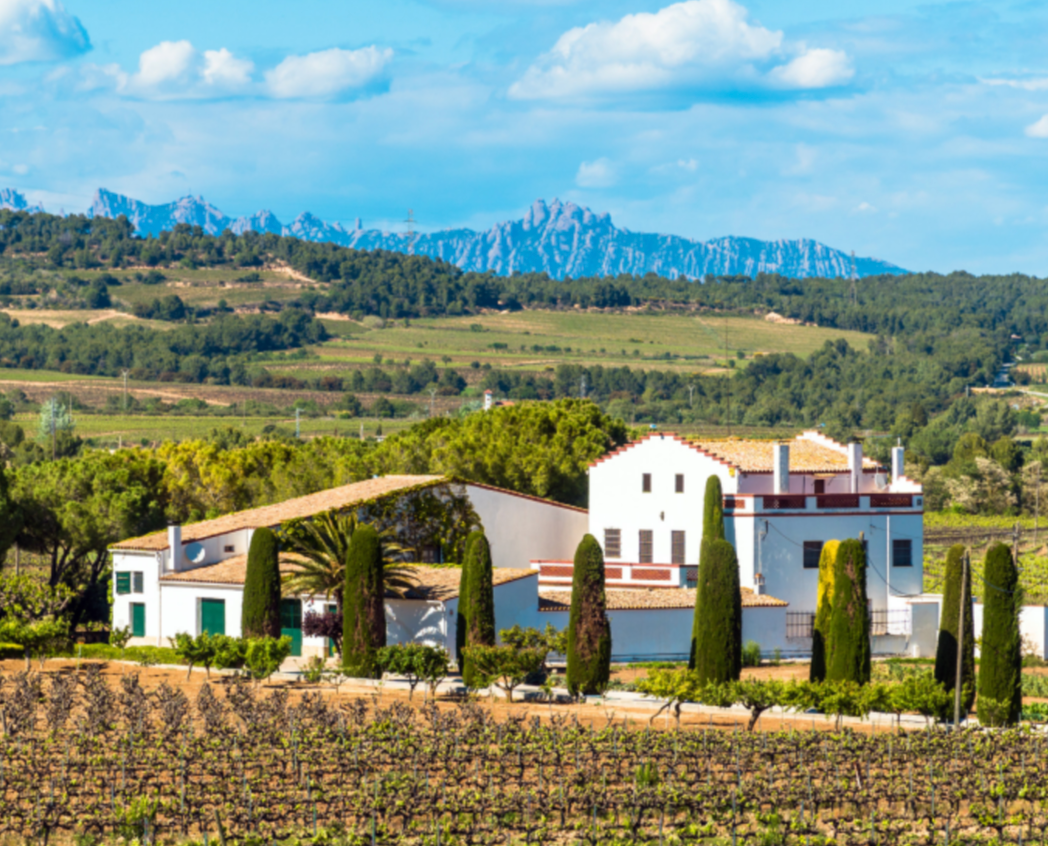There are two persistent narratives about Rioja which continue to shape consumers’ perceptions of this historic wine region.
One centers on its many large, legendary bodegas, whose massive back-stocks of aged/aging wine are unrivaled in the wine world. Another spotlights the different categories of Rioja wine (Crianza; Reserva; Gran Reserva), which are defined by the length of time each spends in wood barrels and bottle before its release. What’s less talked about, but no less important, is the soil and climate of Rioja, how it varies, and how it influences the character of its Tempranillo-based reds. In other great wine regions, it’s all about the positioning and composition of the vineyards, and that is where Luberri’s Florentino Martínez Monje would like to steer the Rioja conversation. Today’s wine is a single-vineyard bottling comprised of 100% Tempranillo grown on bedrock. That it was aged 12 months in French and American oak barrels—and designated Crianza, meaning two years of pre-release aging in total—is a secondary consideration. “Biga” is about vineyard and variety first, and its invigorating mix of fruit and soil character is a welcome departure from the sweet, oak-slathered styles that have largely defined “modern” Rioja. It is an especially impressive achievement when you consider its price, which doesn’t come close to reflecting its quality. You’ll be very happy to have a case (or more) of this around the house, I can assure you of that!
As the former winemaker at Artadi, one of Rioja’s reference-point houses, Martínez Monje is hardly an amateur. He established Luberri in 1992, and by Rioja standards, the estate is a borderline hobby farm—just 35 hectares of old vines in the Rioja Alavesa villages of Elciego and Laguardia. One of Martínez Monje’s missions with Luberri was to shine a light on the diversity of terroir within the broader Rioja DO, which is divided into three principal subzones: Rioja Alta; Rioja Alavesa; and Rioja Baja. Following the twists and turns of the Ebro River and bordered to the north by the Sierra Cantabria mountain range, Rioja’s subzones have diverse soils and climates: Rioja Alavesa, which sits on the “left,” or north bank of the Ebro, is dominated by calcareous (i.e. limestone-rich) clay, whereas Rioja Alta and Baja are more a mix of ferrous (i.e. iron-rich) clays and alluvial gravel/sand. As the northern-most of the three zones, Alavesa is the coolest of the three, though that’s a relative concept; this is a warm, dry zone known for densely concentrated Tempranillo, and “Biga de Luberri” does not disappoint in that department.
“Biga” is the name of a parcel of 40+-year-old Tempranillo situated at nearly 600 meters elevation on soils of clay and limestone over bedrock. Befitting its Crianza designation, the wine was aged 12 months in a mix of new and used French and American oak, then for another year in bottle before its release. What stood out for us when tasting this wine was how the oak was just an accent note rather than a principal feature. Typically one of the telltale indicators of Rioja when tasting wines blind is a pronounced dill/coconut/vanilla note imparted by aging in American oak. Not here. What stands out first and foremost is the dark-berried fruit of Tempranillo.
In the glass, the 2012 “Biga de Luberri” is a deep, black-tinted ruby with hints of magenta at the rim. The aromas are deep and heady, with notes of blackberry, black raspberry, blueberry, dark chocolate, dried herbs, tobacco, humid earth, and baking spices. It is luxuriously textured but also lifted and fresh, without the big blast of oak tannins that can often shut these wines down. Given all the ponderous, sappy modern Rioja out there, this wine really is a breath of fresh air, substantial and satisfying without excess weight or sweetness. It is ready to drink now, blossoming quickly soon after the cork is pulled, but as always, a 15-30 minute decant certainly wouldn’t hurt. Serve it in Bordeaux stems at 60-65 degrees with a Spanish-style lamb preparation like the attached recipe. This truly is an amazing value that should not be missed! Cheers!





